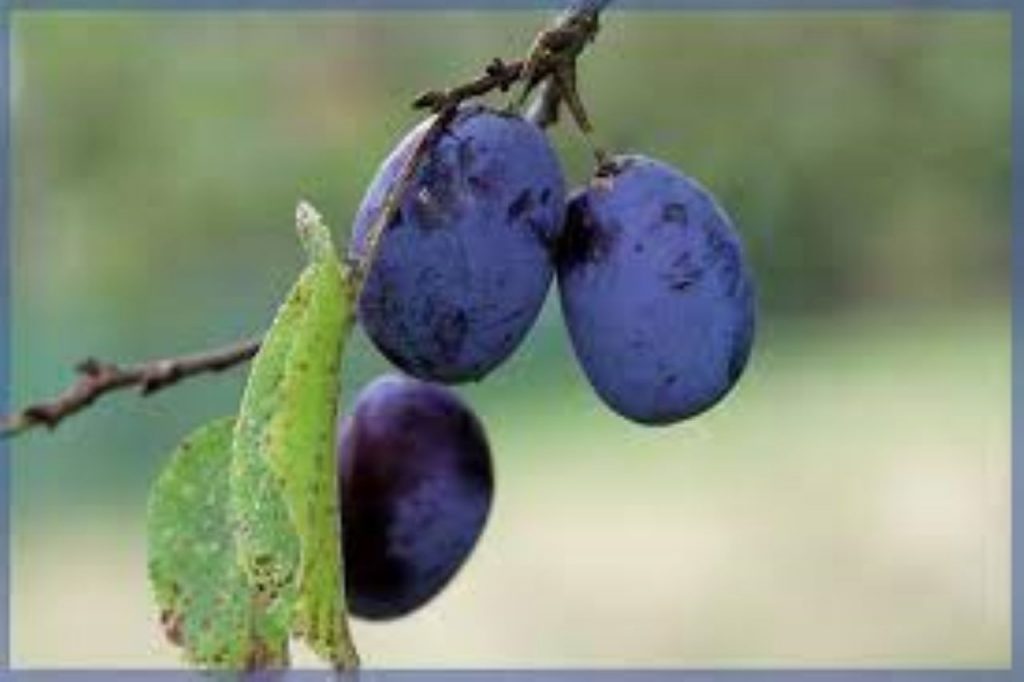[Article updated on 19/09/2023]
Regular consumption of fruits and vegetables contributes to our long-term health for several reasons. By eating fruits and vegetables regularly, we get vitamins, minerals and fiber that our bodies need to function at optimal parameters. To find out more, we invite you to continue reading this article dedicated to fruits and vegetables in Q.
Quetsche
The quetsche is the fruit of Prunus domestica subsp. insititia, a subspecies of plum grown for centuries in Europe. It is a small egg-shaped fruit with smooth purplish-black or very dark red skin. This stone fruit has tender, firm, dense yellow flesh with rich, sweet flavors that are often enhanced when cooked.
Although it can be eaten fresh, damson is mainly used in cooking. The flesh has a spicy flavor. The damson stands out for its high sugar content. The flesh is also drier than most other plums. This makes it an ideal additive for baked goods.
The quetsche does not dilute the dough with excess liquid. This is the ideal variety for making plum tarts and other traditional Central European desserts. These aromatic, vitamin-rich blue-black berries can also be used to make compote, jam, jelly, juice, syrup, schnapps and wine.
Fresh plums contain around 46 kcals per 100 g. The average amount of carbohydrates in such a serving of fruit is 12-14.6 g. Although plums are not rich in vitamin C, they have fairly high levels of vitamin A and vitamin E. They also contain such important minerals as potassium, iron, magnesium, calcium and phosphorus. Ducks contain a lot of B vitamins.
Damskins have many valuable properties. They regulate digestion, protect against free radicals and even improve mood. Quests improve the appetite. They prevent constipation and thus reduce the risk of colon cancer.

